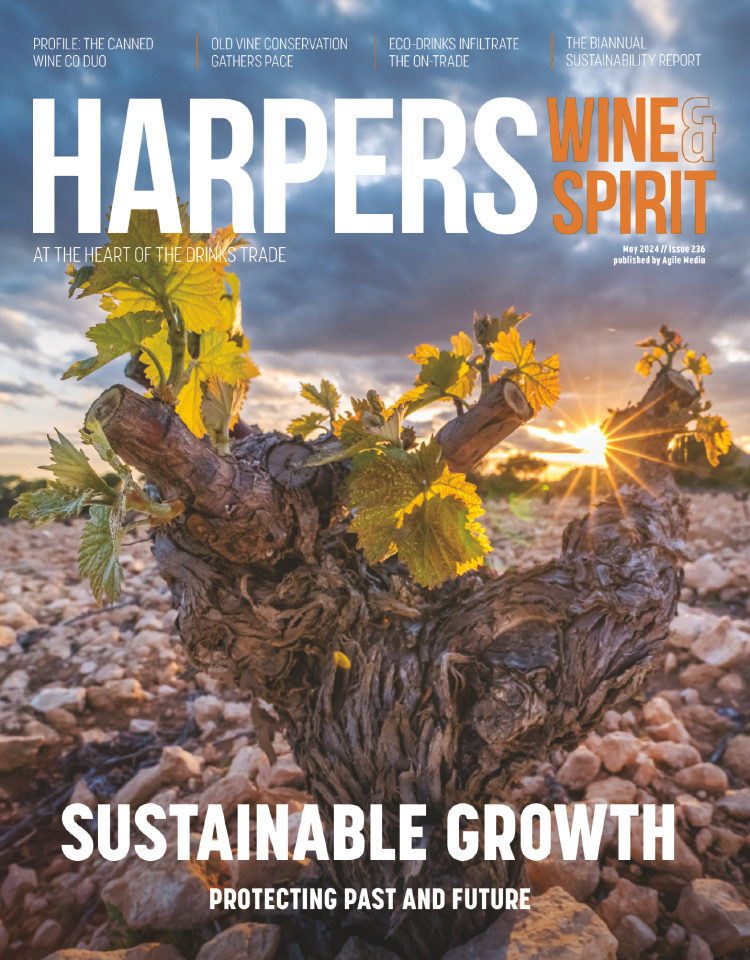Corks blamed for early Burgundy oxidation
Two years ago, rumours began to circulate that many of the top 1996 white Burgundies seemed to have suddenly oxidised. A couple of friends asked me if I had encountered any bad bottles. I hadn't, but I opened a few from my cellar: no problems. I was lucky. At first, it seemed to be only the 1996s causing concern, but as time went on, it became obvious that there was a problem, and it was widespread.
As the months progressed, it became apparent that:
it was not just the 1996 vintage but others - 1997, 1998, even 1999 - that were oxidising;
it was not a grower problem, nor even a wine problem. There were good and bad bottles even within the same case of wine;
nor did it seem to be a question of bad storage or transportation at excessively high temperatures. There were as many bad bottles in the cellars of the growers in Burgundy as elsewhere.
The Mystery of Bad White Burgundy has now been much discussed, and a large number of absurd and mistaken explanations have been put forward. Let us eliminate the most stupid of these.
The dominating acidity of the 1996 white Burgundies is the cause of their premature oxidation.' This is idiotic, as any oenologue will tell you.
The wines were undersulphured.' I have not found a single grower who will admit to having sulphured his/her 1996s less than usual.
White Burgundy undergoes excessive lees-stirring (btonnage) these days.' But there is no obvious connection between this and premature oxidation.
With the widespread move to pneumatic presses, wines are more fragile today.' All in all, this would give more, not less, concentrated wines.
The size of the crops today produces weaker wines that age faster.' But why, then, do the wines of the first-division producers, who do not overcrop, vary as much as the rest? And 1996 and 1999 were plentiful years; 1997 and 1998 were not.
Some other possibilities can also be eliminated: the bottling date (many Burgundians now bottle at 18 months rather than 12); the use of much or a minimum of new oak; the fact that a few producers regularly block the malos to ensure freshness; the use of enzymes; and so on. All are blind alleys.
Having exhausted all the viticultural and vinicultural explanations, we are left with one final cause. The problem lies with the corks. Some have suggested that it has been the move from chlorine-treated corks to peroxide-treated corks - peroxide being oxidative - which is the reason. I suggest it is more fundamental than that. The quality of corks has declined over the past generation or two (why do we have three or four times more corky bottles than we used to have?). The trees are stripped more often. There is less assiduous selection of the bark.
And the result is that there is too much oxygen permeation through much of today's cork material. This leads to a collapse of the free and total sulphur levels in the wine and, therefore, to their premature oxidation. This is a scandalous situation.
One of the very few growers/merchants whose wines no one has cited as problematic is Raveneau in Chablis. Is it a coincidence that Raveneau waxes the top of his bottles?
Sebastian Payne MW, chief buyer at The Wine Society, told Harpers that his company had found a small proportion' of prematurely oxidised 1996 white Burgundies and that he was certain' that the cork treatment was to blame.
See the Harpers Closures supplement (accompanying this issue) for more information.





